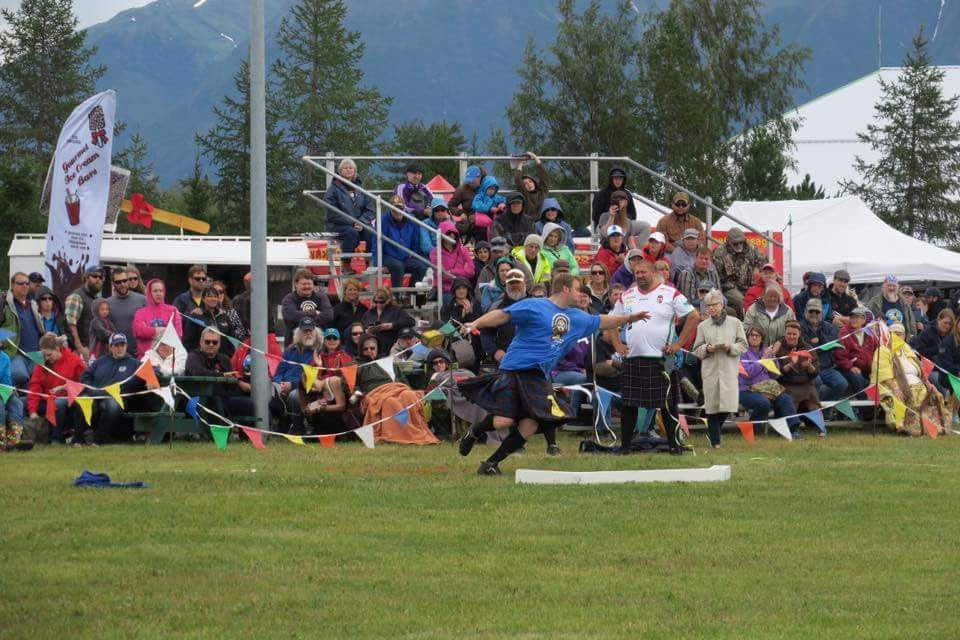If you have a history of throwing (high school, college, fanboy status, etc) you've heard the phrase, "slow to fast." This is especially true in terms of the weights for distance, but I'm not exactly a huge fan of this phrase - I feel that more novice throwers miss the real concept behind it. It's not that you want to be "slow" in a throwing event, but rather not letting the initial speed throw off your balance and effort throughout the throw. I wish we could all throw "fast to faster," but if we could, you wouldn't be reading this!
In simple terms - build your speed throughout.
In the weights, it boils down to the initial cast into your throw. With both feet pointed to the trig, swing the weight in front of you, and then behind you. Here is where you begin your initial cast. There's a few things to remember as you throw the weight. Let's break it down in order.
1. Shoulders are kept level with the ground as the weight goes out in front of you. Do not drop the left shoulder into the box - we've all made this mistake, as we think we're applying a ton of speed to it, but we're not. We're just creating bad positions.
2. This cast should be level and not steep, as that is a huge mistake many throwers make. Really, the speed and aggression of that entry cast is up to you, but remember the principle we just discussed - turn #1 should build into turn #2. If you can't handle the speed of the entry, then you're gonna be in trouble at the end of the throw; and if you're like me, probably wind up on the ground!
3. If your feet are pointed to "12:00," then when the weight gets to about 3:00, you'll want to start your movement in the trig.
4. As the weight reaches 3:00, your left foot will be turning into the box. It's important that the foot turns and the hip opens into the box.
5. Now that the foot has turned, you're ready to "jump" into the first turn.
6. Think of replacing your left foot with your right foot, landing toward the back of the box, and especially closer to that back corner. This gives you ample space to really drive to the front of the trig in turn #2.
7. This foot exchange should not be a gallop, but closer to the feet landing at the same time.
8. Turn #1 should not be a height event! The turn should be a quick and low "jump" that allows you to exchange feet, not be launched into the air. The more time you spend in the air is less time you can spend accelerating the weight and apply force in your positions.
From there, you're ready to sprint or "drive" the the front ...


oatnptjzdp
Muchas gracias. ?Como puedo iniciar sesion?
Daniel McKim
Glad it’s helpful, John and Linda! I still struggle with it, but it makes a difference when I can dial that aspect in!
Linda Hughes
Great instruction. I was actually dropping my left shoulder on purpose… oops. Back to the trig we go ho ho! Thanks!
John Neill
Your blog posts are always good Daniel but the wfd idea one I’m really needing to work on. Dropping the left shoulder wasn’t even a mistake in knew I was making! Many thanks!